BLUENOTE
Astell&Kern Blue Note 75th Anniversary Package: Limited Edition
After successfully launching the AK100 and the AK120 models, we asked ourselves, “What is the ultimate sound quality?”
After much consideration, we decided to move a step further with our goal, which is to deliver the sound “exactly as the artist had intended” for us to hear. Moving from the AK100 to AK120, we decided to provide a Dual DAC setup to create better left and right channel separation with clearer sound quality.
We thought that the Dual DAC setup would be enough, but while developing the AK240 Bluenote, we felt the need to further improve sound quality in order to accurately reproduce the original sound recording. After countless hours of research and testing, we were able to find the answer. The answer was to create both a balanced output and native DSD playback through the Dual DAC setup.
Now with the AK240 Bluenote, we can dare say that we have gotten “that much closer” to the sound quality of the original recording.

Native DSD Support
One of the approaches we decided that would help us move a step closer to the original sound quality was to provide native DSD playback without having to convert it into PCM.
This was indeed a difficult task. In order to provide native DSD playback on the AK240 BLUENOTE, we had to select a different DAC chipset. Making the decision to change the DAC was not easy, but in order to reach our goal, we had to make a bold move which was to start from scratch.

We have asked ourselves: Does the DAC support Native DSD?
Will it allow for the Dual DAC setup?
What else is needed for the perfect Native DSD support?
In order to answer these three questions, we have decided to use the Cirrus Logic CS4398 chip in the Dual DAC setup with an added exclusive XMOS chip that will allow for Native DSD support.
The process of setting up Native DSD support was not an easy task. Since the main CPU does not process Native DSD, we needed a chip that will work with it. It took us a long time, but we made it work. Through countless hours of testing, we were able to achieve Native DSD playback by having the main CPU process the data, send it to the exclusive XMOS chip, then through the DAC to deliver the sound.
Native DSD Support
What is DSD?
DSD (Direct Stream Digital) is a digital audio file format originally developed for SACDs (Super Audio CD).
Regular digital audio file formats such as PCM (Pulse Code Modulation) is separated into 65,000(16bit) to 16,700,000(24bit) of information on the Y axis, and 44,100(44.1kHz) to 192,000(192kHz) across the X axis for digital signals.
DSD files have 1bit (0s or 1s) for Y axis and is separated into 2,800,000(2.8MHz) to 5,600,000(5.6MHz) of information for X axis.
Compared to regular audio CDs with 16bit/44.1kHz PCM format, SACD’s recording frequency goes up to 100kHz and the dynamic range goes beyond 120dB while maintaining sound clarity during the transmission.
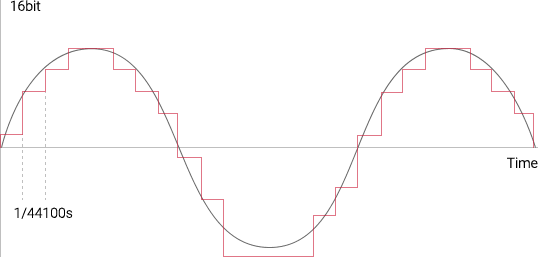 PCM
PCM
 DSD
DSD
Balanced Output
Unbalanced vs. Balanced Output
The unbalanced method is the most commo nly used basic method which consists of “left and right signals + ground line”. This setup includes a ground line which blocks out external noises from the outside. However, since the ground line cannot block out all of the external noises completely, external noises can be mixed into the signals that are transmitted, which then result in changes to the sound.
The longer the signals travel, the more external noises that will be mixed into the sound which is why it is used within a short distance of 1 to 2 meters. Unlike the unbalanced method, the balanced method has an additional cold signal to compliment the hot signal which reduces
the external noises.





The balanced method has a few advantages over the unbalanced method.
The first advantage is that the hot signal and the cold signal will remove the external noises received.
The second advantage is increased output due to the 2 transmitted signals.
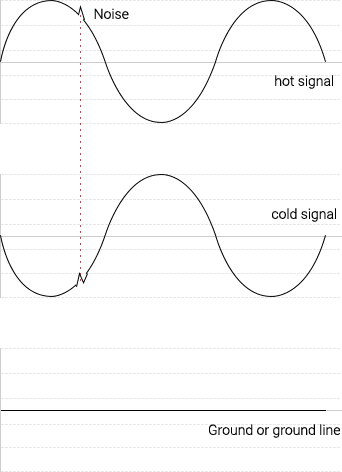
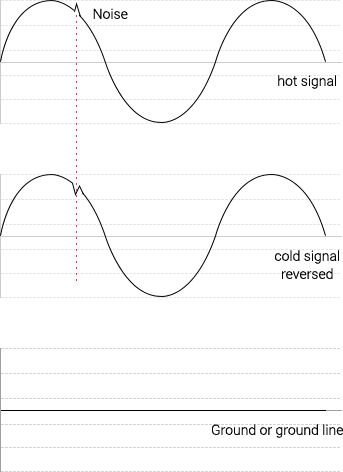
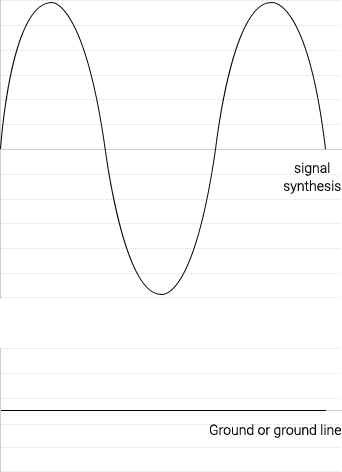
Since the ground line cannot block out 100% of the external noises, noise will appear on both the hot and cold signals.
The alignment of the 2 signals allows the noise to usually appear at similar points where they will eventually
be removed as the signals are transmitted.
Balanced Out and Dual DAC
Unbalanced vs. Balanced Output
It did not take us long to figure out that the AK240 Bluenote’s Dual DAC and balanced output resulted in the best sound.
During the development of the AK100 and AK120, Astell&Kern's specific analogue amp setup was already creating full balanced analogue signals streaming from the DAC and we were able to move a step closer towards the original sound by then creating a balanced output terminal at the end.


Ultimate Sound Quality
Astell&Kern has created the AK120 Titan with a storage capacity of 128GB, but in order to support Native DSD, MQS, and massive audio files, we had to come up with the ultimate portable music player with 256GB of storage.
With 256GB of internal memory, about 2,500 MQS (24bit/96kHz, 4 minute-long, 90MB) songs can be saved. With the addition of a 256GB microSD card, the AK240 can support up to a total memory capacity of 512GB.


OTA (Over-The-Air) Upgrade
It has been 13 years since iriver has used the term "firmware". Through these years, one had to check for new firmware updates by opening emails or checking the website.
Now with a Wi-Fi connection, you can receive instant notifications about new
firmware updates and can update your unit whenever and wherever you are.
More Detailed 10-Band 0.5dB-step EQ Setting
More accurate EQ setting is available on the AK240 Bluenote by doubling the bands (from 5 to 10 bands) and halving the dB steps (from 1dB to 0.5dB) available.
One can also create and save customized preset EQ settings to fit various music genres.

Full Touch Screen
Compared to the AK120, the 3.31 inch AMOLED display on the AK240 Bluenote is about 82% bigger to provide more information at a glance. With the bigger display, the Full Touch screen makes it easy to navigate especially for smart phone users.
The playback and volume control buttons have been upgraded on the AK240 Bluenote. Music tracks with long titles, such as a classical music,
are displayed on 2 lines for better navigation. Due to the speedy file scanning functionality, a separate DB scanning function is no longer needed and file search is
available for easy access to music.
 AK120 2.4 inch
AK120 2.4 inch

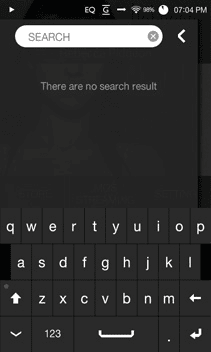 AK240 Bluenote 3.31 inch
AK240 Bluenote 3.31 inch
USB DAC
The AK240 Bluenote supports Native DSD USB DAC function. (DoP method)
Through the USB connection, the AK240 Bluenote can be used as a USB DAC which supports Native DSD playback.
The combination of the exclusive DSD chip and the Dual DAC in the AK240 Bluenote goes above and beyond most computer sound cards and is
able to create a greater sense of space and deeper sound while listening to your music.
* EQ setting cannot be used while in USB DAC mode on the AK240 BLUENOTE.
 AK240 Bluenote Native USB DAC
AK240 Bluenote Native USB DAC
Exceptional AK240 Bluenote Leather Case
In order to raise the bar of the AK240 Bluenote even higher, much attention was devoted to the selection of leather for the case. Minerva leather, originated from Badalassi Carlo was chosen for the case. Badalassi Carlo was made by Professor Carlo Badalassi, who is known for his excellent skills with leather. Unlike modern methods, he uses a traditional method of making leather that requires extensive time and devotion. His reputation is well-known among top expensive brands due to his focus on the leather quality over quantity.
The leather case for the AK240 Bluenote was made from a process called “Full Vegetable Tanning”. This traditional method has been used in Italy for over 200 years. The process brings out the special characteristic of leather while creating a natural tanning look. A variety of trees and plants are involved in this tanning process which takes about 40 days to complete and only the most experienced professionals in Italy possess the skills to do it.
This special leather material has a lot of oil in it that will allow the leather to shine the more it is used. Many tests and trials have been done with the creation of the leather case in order to highlight the unique design of the AK240 Bluenote.
Astell&Kern + Blue Note Record
Astell&Kern, the leading hi res portable music player that boasts studio sound quality, has announced a special package partnership with Blue Note Records to commemorate the record company's 75th anniversary in the world of Jazz and Blues.
75 legendary Blue Note jazz albums that have been remastered in the Hi-Res digital format. Especially, five Blue Note albums make their exclusive hi-res audio debuts with this release: Art Blakey & The Jazz Messengers’ Mosaic, Tina Brooks’ True Blue, Don Cherry’s Complete Communion, Andrew Hill’s Point Of Departure, and Bobby Hutcherson’s Components.
The 75 albums are pre-loaded on the included Astell&Kern AK240 high-resolution audio player, revealing every detail you might not have heard anywhere else, no matter how many times you’ve listened to these albums before.
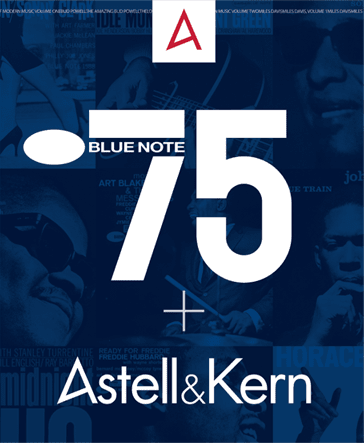
Blue Note Albums
-
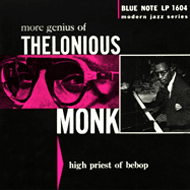 01. Thelonious Monk
01. Thelonious Monk
Genius Of Modern Music Volume One
-
 02. Bud Powell
02. Bud Powell
The Amazing Bud Powell
-
 03. Thelonious Monk
03. Thelonious Monk
Genius Of Modern Music Volume One
-
 04. Miles Davis
04. Miles Davis
Miles Davis, Volume 1
-
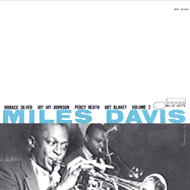 05. Miles Davis
05. Miles Davis
Miles Davis, Volume 2
-
 06. Horace Silver And The Jazz Messengers
06. Horace Silver And The Jazz Messengers
Horace Silver And The Jazz Messengers
-
 07. Kenny Dorham
07. Kenny Dorham
Afro-Cuban
-
 08. Sonny Rollins
08. Sonny Rollins
Sonny Rollins
-
 09. Sonny Rollins
09. Sonny Rollins
Sonny Rollins, Vol. 2
-
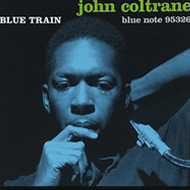 10. John Coltrane
10. John Coltrane
Blue Train
-
 11. Sonny Rollins
11. Sonny Rollins
Newk's Time
-
 12. Sonny Rollins
12. Sonny Rollins
A Night At The Village Vanguard
-
 13. Lou Donaldson
13. Lou Donaldson
Lou Takes Off
-
 14. Sonny Clark
14. Sonny Clark
Cool Struttin
-
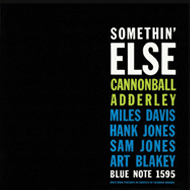 15. Cannonball Adderley
15. Cannonball Adderley
Somethin' Else
-
 16. Three Sounds
16. Three Sounds
Introducing The 3 Sounds
-
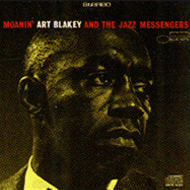 17. Art Blakey & The Jazz Messengers
17. Art Blakey & The Jazz Messengers
Moanin
-
 18. Horace Silver
18. Horace Silver
Blowin' The Blues Away
DESIGN
Specification
-
General Specifications
-
Model
AK240 BLUENOTE
-
Body Color
Blue
-
Body Material
Aircraft Grade Duralumin
-
Display
3.31inch WVGA (480 x 800) AMOLED Touchscreen
-
Supported Audio Formats
WAV, FLAC, WMA, MP3, OGG, APE(Normal, High, Fast), AAC, ALAC, AIFF, DFF, DSF
-
Sample rate
FLAC, WAV, ALAC, AIFF : 8kHz ~ 192kHz (8/16/24bits per Sample) / DSD Native : DSD64 (1bit 2.8MHz), Stereo / DSD128 (1bit 5.6MHz), Stereo
-
Output Level
Unbalance 2.1Vrms / Balance 2.3Vrms (Condition No Load)
-
DAC
Cirrus Logic CS4398 x2 (Dual DAC)
-
Decoding
Support up to 24bit/192kHz Bit to Bit Decoding, DSD64/128
-
Input
USB Micro-B input (for charging & data transfer (PC & MAC)) / Connection Mode : MTP (Media Device)
-
Outputs
PHONES (3.5mm) / Optical Out (3.5mm) / Balanced Out (2.5mm, only 4-pole supported)
-
Wi-Fi
802.11 b/g/n (2.4GHz)
-
Dimensions
2.59 ”(66 mm) [W] x 4.21 ”(107 mm) [H] x 0.68 ”(17.5 mm) [D]
-
Weight
6.5 oz (185 g)
-
Feature Enhancements
Firmware upgrades supported (OTA)
-
Model
-
Audio Performance
-
Frequency Response
±0.023dB (Condition: 20Hz~20kHz) Unbalance & Balance
/ ±0.3dB (Condition: 10Hz~70kHz) Unbalance & Balance -
Signal to Noise Ratio
116dB @ 1kHz, Unbalance / 117dB @ 1kHz, Balance
-
Crosstalk
130dB @ 1kHz, Unbalance / 135dB @ 1kHz, Balance
-
THD+N
0.0007% @ 1kHz, Unbalance / 0.0005% @ 1kHz, Balance
-
IMD SMPTE
0.0004% 800Hz 10kHz(4:1) Unbalance / 0.0003% 800Hz 10kHz(4:1) Balance
-
Output Impedance
Balanced out 2.5mm (1ohm) / PHONES 3.5mm (2ohm)
-
Frequency Response
-
Clock Source
-
Clock Jitter
50ps (Typ)
-
Clock Jitter
-
Battery
-
Capacity
3,250mAh 3.7V Li-Polymer Battery
-
Capacity
-
Memory
-
Built-in Memory
256GB [NAND]
-
External Memory
microSD (Max 256GB) x1
-
Built-in Memory
-
Device Components
-
Device Components
AK240 BLUENOTE Device, Leather Case, microSD Card Slot Cover x2, Micro 5pin USB Cable, Quick Start Guide, Warranty Card, 75 albums are pre-loaded which are the Blue Note 75th Anniversary MQS album
-
Device Components
-
OS
-
Supported OS
Windows XP, Windows 7,8,10 (32/64bit), MAC OS X 10.7 and up
-
Supported OS
-
Etc.
-
- Audio was NOT muted during the measurement.
- The image/specification may be changed without notice to improve product performance and quality.
-
-
Price
-
Price
$ 6,000
-
Price





